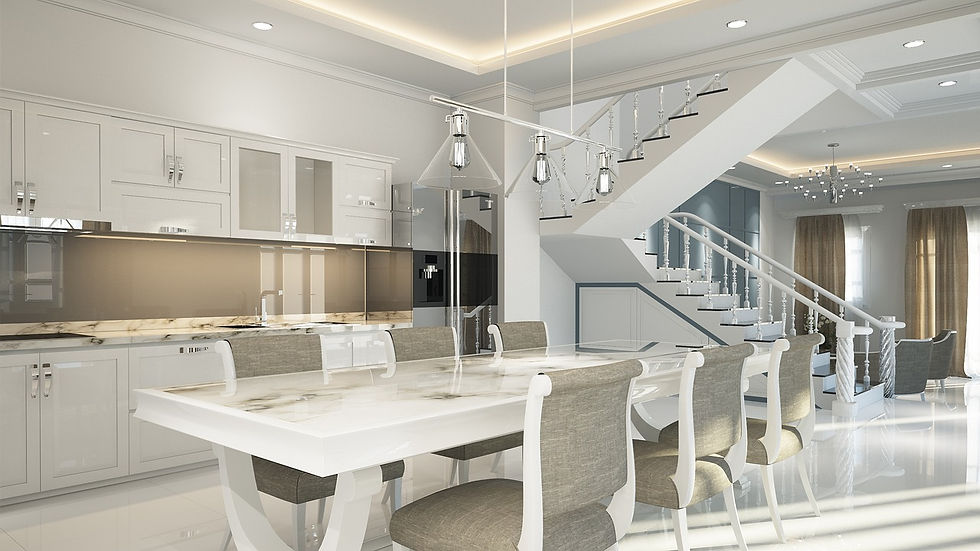Achieving Perfect Air Temperature at Home: How Small Changes Make a Big Difference
- Epicurean Life
- Oct 18, 2024
- 2 min read
Keep the air temperature appropriate for a happy home. Summer or winter, indoor air quality and temperature affect comfort, health, and mood. Minor, strategic adjustments can improve house temperature regulation despite the recommendation for substantial renovations or high-end climate control systems. These little improvements can improve home energy efficiency and comfort, cutting electricity bills and making living more sustainable.

Air conditioning efficiency optimisation
Air conditioners are popular for controlling indoor temperatures. Comfort requires air conditioning in summer. Many homeowners abuse or neglect their air conditioning systems, increasing energy expenses and inefficiency. Optimising your air conditioning system ensures optimal air temperature on a budget.
Regularly clean or replace filters. Dirty filters impede airflow, making your system work harder, squandering energy, and shortening equipment life. Check all vents and ducts for blockages. Regular unit inspections can also detect issues early. Adjusting your thermostat a few degrees can increase comfort and reduce energy costs when you're away. These simple steps will enhance your air conditioning system, conserving electricity and cooling efficiently.
Maximising natural ventilation and design
Many climates require air conditioning and natural ventilation. Windows, doors, and fans promote airflow and reduce mechanical cooling and heating. Wind-oriented windows may circulate fresh air through your home, keeping it cooler without air conditioning. This works nicely in the morning and evening when temps are lower.
Ceiling fans improve ventilation. They work with your HVAC system to circulate warm air in winter and cool air in summer to maintain a steady temperature. A ceiling fan can cool high-ceilinged or stagnant spaces even with a larger air conditioner. This small but significant modification improves house comfort and saves energy.
Insulation and sealing: Temperature control basics
Improving insulation and filling gaps is one of the finest ways to maintain a proper home temperature. Without insulation, heat escapes in winter and enters in summer, making your HVAC system work harder. Insulation keeps heat in and out in cold and hot weather. High-quality wall, roof, and floor insulation improve temperature regulation.
Drafts from untreated gaps around windows, doors, and other openings make temperature control harder. Weatherproofing these areas is easy and effective. Addressing these tiny issues creates a more stable interior environment with reduced temperature variation, cutting energy costs and boosting comfort year-round.
Advanced climate control and smart thermostats
Modern technologies make air temperature control easier and more efficient. For accurate climate control, smart thermostats are a good investment. These devices automatically adjust the temperature to your schedule, keeping your home at the optimum temperature.
Smart thermostats optimise heating and cooling based on your habits, saving energy. You can decrease the thermostat at work and gradually raise it before you go home to make it pleasant. Some technologies track and optimise energy use in real-time. Small adjustments like installing a smart thermostat can improve comfort and cost over time.
Optimal house air temperature doesn't require huge investments or pricey alterations. Using smart thermostats, air conditioning optimisation, natural ventilation, and insulation will greatly improve your living space's comfort. These changes enhance indoor climate and lower energy use, decreasing environmental effects. These sensible and effective solutions will keep your home at the perfect temperature year-round, saving you money and improving your life.







Comments